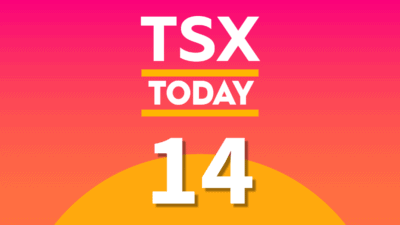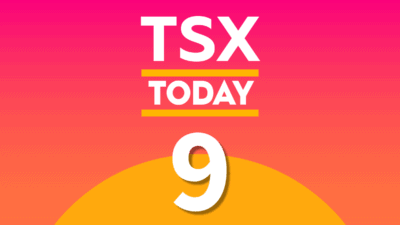What was initially thought to be the year of the gold-market recovery is slowly turning into the year of gold mergers.
Kirkland Lake Gold Inc. (TSX:KLG) announced this week the purchase of Newmarket Gold Inc. (TSX:CRK) in a $1 billion deal. The all-stock deal is expected to close by the end of the year, subject to necessary approvals.
Once the deal has been completed, the combined company, called Kirkland Lake Gold, will have a market cap of nearly $2.4 billion and an annual production of over 500,000 ounces of gold, spread across seven mines in Ontario and Australia.
Here’s what the deal means to each of the companies involved and to shareholders.
What this means for Newmarket
The merger with Kirkland comes a little over a year after Newmarket completed a transformational merger of its own, pushing into the top 20 gold producers in Canada with an annual production of over 200,000 ounces. This deal can be seen as a continuation of that expansion policy, which should propel the combined company even higher up the list.
Newmarket has, like much of the gold market, had a stellar year–up over 245% year-to-date. The company is coming off a stellar quarter, in which Newmarket reported US$78 million in revenue, beating the US$66 million posted in the same quarter last year. Net income for the quarter came in at US$16.76 million–an increase over the US$12.07 million from the same quarter last year.
As per the proposed agreement, Newmarket shareholders are slated to receive 0.475 shares of the combined Kirkland company for each existing share of Newmarket.
What this means for Kirkland Gold
Kirkland also comes into the deal after completing its own set of acquisitions. Kirkland acquired Ontario-based St. Andrew Goldfields Ltd. last November. An interesting link between the two companies is Kirkland Lake chairman, Eric Sprott, who owns 13.5% of Newmarket’s stock and 6.7% of Kirkland’s outstanding stock.
In the most recent quarter, Kirkland reported $118 million in revenue–up from the $61 million posted for the same quarter last year. Net income for the quarter came in at $13.76 million–a significant increase over the $4.2 million posted in the same quarter last year.
Kirkland Lake shareholders will see their stocks exchanged at a ratio of 2.1053 Newmarket per Kirkland share. Kirkland will emerge from the transaction with 57% ownership of the combined company, and Kirkland’s CEO Tony Makuch will head the combined company.
What about investors?
Investors of both companies should view this as the right decision over the long term, but there could be a number of initial growing pains from the merger, which industry experts have already expressed concern about.
Interestingly enough, both companies were in expansion mode, but the merger of the two companies doesn’t offer (at least in the immediate time frame) any form of synergies or efficiencies.
Both companies could benefit from the same type of efficiencies implemented at the larger gold producers over the past few years, which have in turn brought down the all-in-sustaining-cost level down to the sub-US$800 per ounce level. For both Kirkland and Newmarket, this figure is still much higher and closer to US$1,000 per ounce.








